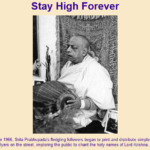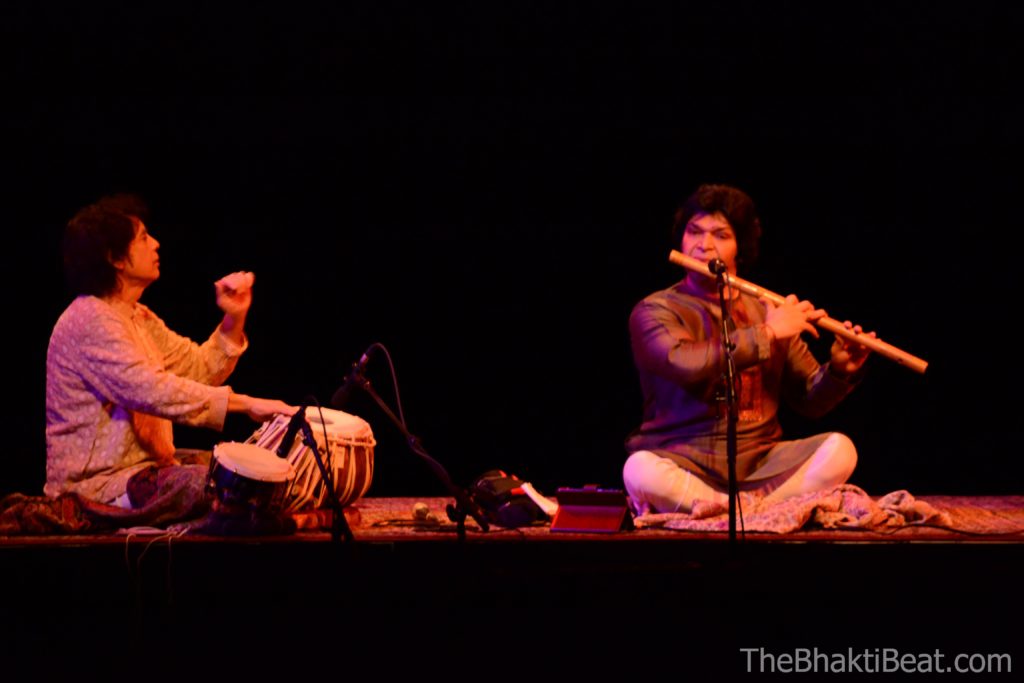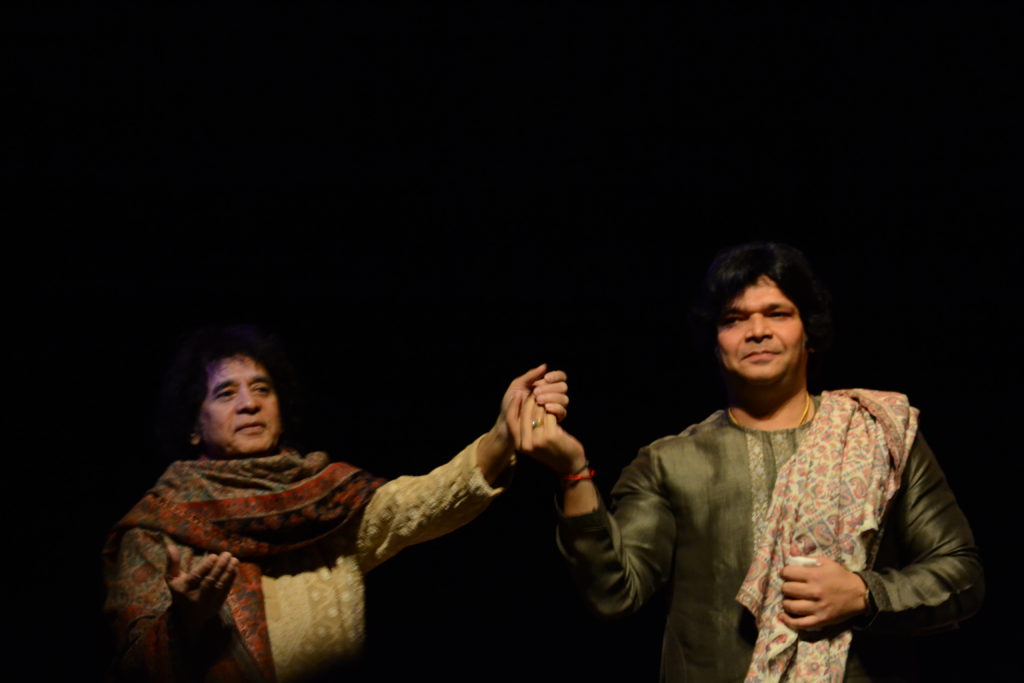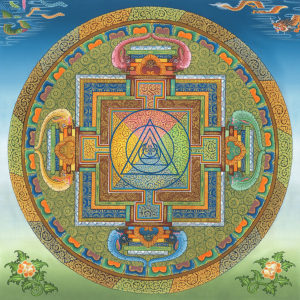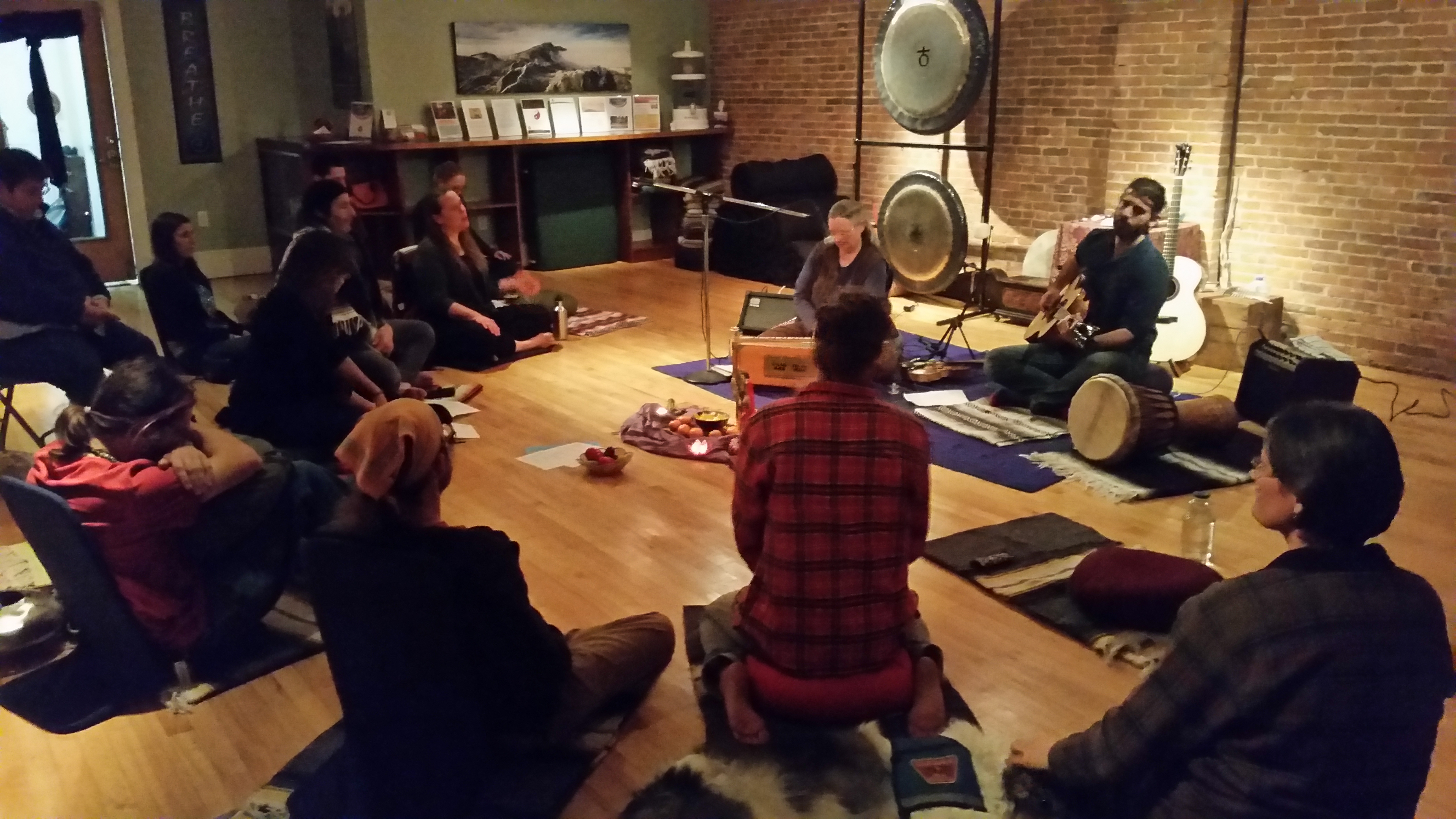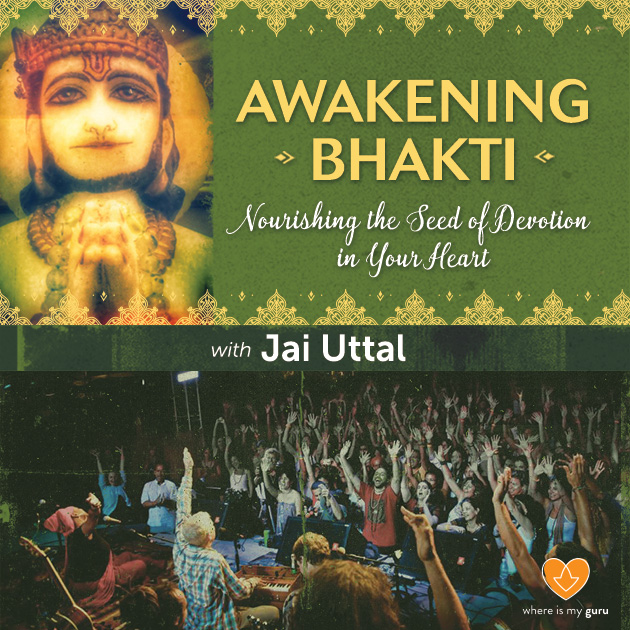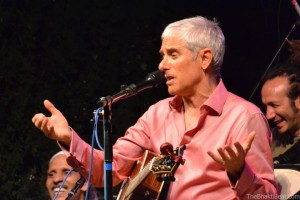“Cape Town to Kolkata” invites a contemplative mood with trancey mantras layered over bluesy grooves and world beats, punctuated with a healthy splash of funk and a bow to 70’s pop. Delightful little collaborative surprises are sprinkled throughout.
Who Did It
Jim Gelcer is a Toronto-based kirtaneer and musician who grew up in Cape Town, South Africa. This is his fifth solo release, and the third that is mantra-focused. His previous titles include “Bhakti Groove Machine” (2013), produced by Ben Leinbach and featuring the vocal magic of Prajna Vierra, and “Bhagavan” in 2010.
“Cape Town to Kolkata” represents Gelcer’s first partnership with producer and musician Matt Pszonak; together, they contribute 95 percent of the instrumentalism on this album. Best known in SoCal kirtan circles for his sought-after guitarsmanship, Pszonak (now based in Buffalo, N.Y.) has previously produced kirtan albums for C.C. White (“This is Soul Kirtan”), Steve Gold (“Let Your Heart Be Known”), and Govindas and Radha (“Lunar Mantras”).
Special guest appearances on “Cape Town to Kolkata” include Benjy Wertheimer’s ethereal classical Indian esraj on Jai Ganesha, Dave Stringer’s distinctive vocals on He Ma Durga and Anandoham; John de Kadt’s hand-drumming on a couple tracks, and DJ Taz mixing up a super-hip bonus dance track on Vakratunda Remix.
Why We Like It
It’s funky, fun and fresh. This is unapologetic straight-up Americana kirtan birthed from a soul/pop child of the 70’s and a bluesy rock guitarist from Buffalo. Don’t expect traditional arrangements or harmonium-driven call and response. Still, the mantras take center stage, and they are delivered with a tangible respect for their power and reverence for their fundamental nature as prayer. It’s playful prayer that doesn’t take itself too seriously to have a little fun.
What We Love About It
Om Namah Shivaya (track 4) is an “unintentional” melodic homage to John Lennon’s Imagine, performed by Gelcer on a $200,000 Beckstein Grand Piano. He said he originally wrote the track for guitar but when they got to the studio, there was this incredible instrument at their disposal, so they dove in. It’s unadorned solo keyboard magic, stunning in its stripped-down simplicity and universal familiarity.
Hare Krishna (track 7) takes you on a trancey ride aboard trippy guitar riffs and slow methodic repetitions of the all-powerful Mahamantra. It has a Mideast-cofffeehouse-meets-New Orleans-street-blues kind of feel, Gelcer’s breathy vocals drifting in like smoke from a Turkish hookah wafting over a colorful mosaic of Pszonak’s stringwork. If we had to pick a favorite track, this is it.
Turning trance into dance, DJ Taz steals the show with his funked up remix of Vakratunda on track 8, an ode to Ganesha, the elephant-headed remover of obstacles. It takes Gelcer’s soft melodic Vakratunda ballad (track 3) and amps it up a notch, DJ Taz style. Think late-night yoga-fest mantra dance party. Dare you not to get up and get your groove on.
How to Get It
“Cape Town to Kolkata” is a digital-only release (sorry CD lovers). Support your artists and buy it for yourself on bandcamp (our favorite artist-friendly music marketplace), or on iTunes if you must.
You can also stream Gelcer’s music on Spotify and Apple Music. Keep in mind that streaming services pay artists fractions of pennies per play, so if you stream and like it, buy it. Music is incredibly inexpensive to buy in the scheme of things. This album is just $8, and you can buy Jim Gelcer’s entire discography on bandcamp for like 20 bucks! Buying music from artists you like helps them make more music you’ll like. [PSA over]
_______________________________________
The Bhakti Beat needs your support! We are non-commercial and not-for-profit, a free service to the bhakti community that is completely self-funded save for the loving contributions of Bhakti Beaters like you. Your support is critical — please share the Beat with your bhakti peeps, connect with us on social media (links below), and consider a one-time or recurring donation (DONATE HERE) to help us keep this bhav boat afloat. Thank you from the bottom of our bhav brain and bhakti heart.
~In loving service...
Hare Krishna Hare Krishna Krishna Krishna Hare Hare
Hare Rama Hare Rama Rama Rama Hare Hare
Dear Lord, kindly engage me in your service.
Follow The Bhakti Beat on facebook
Follow The Bhakti Beat on twitter
Subscribe to our YouTube channel
Follow bhakti_beat_brenda on Instagram
Write to us! Brenda@TheBhaktiBeat.com




